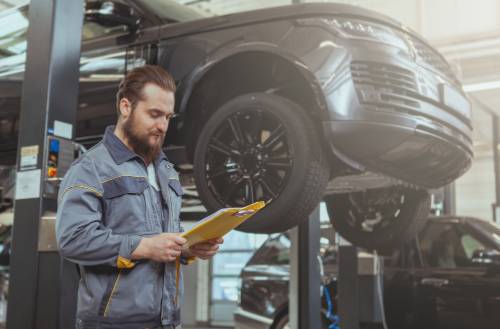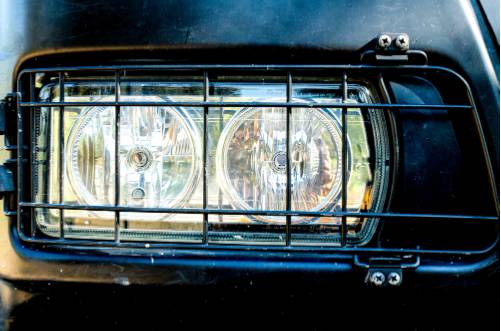If you frequent rugged roads, having a lift kit installed on your truck is a good way to prevent unnecessary damage to your vehicle. However, lifting a truck is no small task, and there are many challenges you face in increasing your ground clearance.

Whether you are in the middle of a lift or just about to begin, here are a few problems that you might face when installing lift kits for trucks — and, perhaps more importantly, we also provide the solutions you need for a successful lift.
The Driveline
Raising a truck’s suspension moves the frame and body away from the differentials, creating extreme angles in the drive shaft. These angles can cause vibrations, and premature wear and even bind within the shaft, which endangers your safety and reduces the lifespan of your vehicle.
While some lift kids provide CV spacers that effectively lengthen the stock axle, spacers are not an ideal long-term solution. Instead, you should install pinion wedges between the axle and spring pack, which will clean up the angle of the driveshaft on the differential side. An even better solution is to order custom-length CV axles that perfectly fit your truck’s new lifted profile.
The Brakes
Typically, when you lift your truck, you also install larger tires, which further increase your vehicle’s clearance while boosting traction and handling. However, larger tires tend to present a new problem in the form of braking. Larger tires are heavier and have increased leverage, which will easily overwhelm the stock braking system on your truck. If you don’t solve this problem, your brakes will prematurely degrade, increasing your stopping distance and endangering your safety.
While you are in the process of installing your lift kit and your larger tires, you should also pick up and put in a big brake upgrade kit. These kits include larger and thicker rotors, high-performance pads, multi-piston calipers, and longer, stainless steel–braided brake lines, and they are made specifically for use with larger-diameter wheels.
The Gearing
Another issue that stems from increasing the size of your tires after installing a lift kit is the issue of gearing. Because it takes more effort to move a larger tire, your truck will feel as though it is geared higher (or lower in gear number). When you are maintaining a steady speed on the highway, this is not an issue, but it will be frustrating when you want to accelerate from a stop or for passing.
You need to perform some calculations to re-gear your truck to the proper ratio. Here’s the basic formula:
- Divide your new tire diameter by your old tire diameter.
- Multiply this figure by your old axle ratio to achieve your new axle ratio.
Generally, you want a lower ratio than the stock ratio when you are increasing the size of your tires to ensure optimal performance.
The Handling
Likely, you will love the way your truck handles off-road after you install your lift kit — but the on-street handling is a different story. Taller trucks tend to feel sloppy on regular roads, exhibiting wandering, bump steer, and slow reactions to inputs. Typically, this is the result of two problems: an overburdened steering system and improper steering geometry.

The fastest and simplest solution to both issues is custom steering, which should ensure that tie rods, track bars, and Panhard bars remain parallel as appropriate. For especially lifted trucks with massive tires, it might be necessary to install a steering assistance system, like a hydraulic ram, to get the tires moving as you expect.
The Lights and Visibility
You might assume that being higher up will give you greater visibility over the road — but that is only true to a certain extent. If you need your truck to function well in close quarters, like on city streets, you don’t want to lift your vehicle to the heavens. Being reasonable with the height of lift you achieve and installing reverse-sensing systems and convex mirrors can ensure that you have complete visibility of your surroundings regardless of the environment.
Additionally, when you lift your truck, you will need to re-aim your factory headlights so they will illuminate the ground while you are driving at night. Without re-aiming, your lights will shine onto the horizon, blinding other drivers without providing you any useful visibility. You can also mount auxiliary headlights for extra illumination if you venture into dark terrain.
Regardless of why you want your truck lifted, you need to think about how the lift kit will affect the other systems you and your truck need to move safely and effectively. If you are new to aftermarket vehicle augmentations, you might work with a qualified mechanic to be sure that your truck will run smoothly after the lift kit is installed.
